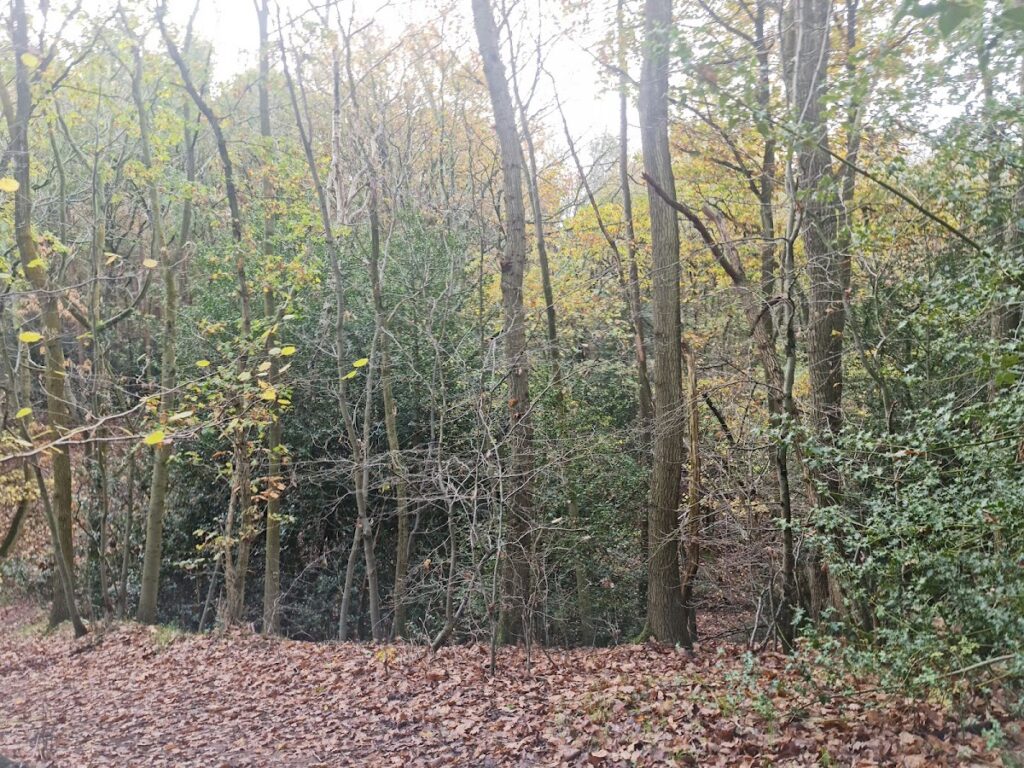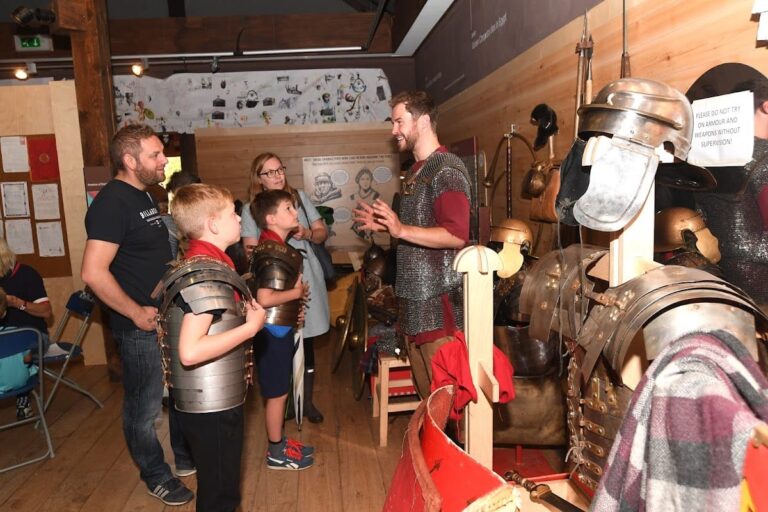Hartshill Castle: A Medieval Fortress in Nuneaton, United Kingdom
Visitor Information
Google Rating: 4.1
Popularity: Very Low
Google Maps: View on Google Maps
Country: United Kingdom
Civilization: Unclassified
Remains: Military
History
Hartshill Castle is located in Hartshill, within the town of Nuneaton, United Kingdom. The castle was originally built by the Norman settler Hugh de Hadreshull in 1125, reflecting the medieval efforts of the Normans to establish fortified residences in England after the conquest.
The earliest phase of Hartshill Castle featured a motte and bailey design typical of the Norman period, constructed mainly from timber. This included wooden palisades and a tower which served as both the home and lookout point for the lord of the manor. During the reign of King John (1199–1216), William de Hadreshull undertook repairs to this original timber structure, maintaining its defensive and residential functions.
By the late 13th century, ownership had passed to Robert de Hartshill, who contributed significant developments by erecting the castle’s first stone building— a chapel. This addition marked a transition toward permanent stone construction and a spiritual presence within the castle grounds. After Robert’s demise at the Battle of Evesham in 1265, the castle ceased to be maintained actively and entered a state of neglect and abandonment.
Stone rebuilding efforts resumed in the early 14th century when John de Hartshill initiated the gradual replacement of timber structures with stone starting in 1330. This marked a renewed investment in the site’s fortifications and buildings, reflected in the surviving curtain walls dating from this period. However, by the early 16th century, the castle was again deserted and no longer served as a principal residence or stronghold.
Around 1550, ownership changed hands when Sir Anthony Cooke acquired the site. A decade later, in 1560, the manor house was constructed in the castle’s northeastern corner by Michael and Edmund Parker, using wattle and daub—a framework of woven wooden strips covered with a mixture of clay and straw. This manor was leased out starting in 1567 and remained standing until after 1927, although it gradually deteriorated and was mostly demolished during the 1950s.
In more recent years, the site underwent an excavation in 2000; however, this was conducted without archaeological supervision, limiting the controlled recovery of information. Hartshill Castle has also faced damage caused by vandalism, particularly noted in October 2016 when sections of the stone curtain walls were deliberately harmed and stones stolen, contributing to ongoing risks to the site’s preservation.
Remains
Hartshill Castle stands atop a hill about 140 meters above sea level, overlooking largely flat farmland surrounding the site. Originally established as a motte and bailey fortress, its layout evolved over centuries with significant stone construction introduced during the 14th century. The surviving structures consist primarily of curtain walls made from stone, which once enclosed the main area of the castle and provided defense. These walls are among the most intact medieval features still visible, accompanied by portions of a tower and the chapel built in the late 1200s.
On the western side of the hill, remnants of the castle’s original moat— a deep, water-filled ditch designed for defense— are still present, although largely fragmentary. To the east, a ditch remains but has suffered damage and is obscured today due to waste materials dumped in the 20th century, affecting the visibility of this defensive feature.
The chapel added by Robert de Hartshill in the 13th century survives in part, marking the religious aspect incorporated within the medieval fortress. The main entrance on the southern side, once an important access point, no longer exists, leaving only the surrounding walls to outline where it once stood.
From the 16th-century occupation by the Parker family, only the chimney stack and fireplace of their wattle and daub manor house remain. These features recall the period when the site shifted from a military stronghold to a domestic residence. Though the manor itself has largely collapsed and was removed in the mid-20th century, the fireplace elements endure as archaeological evidence of later habitation.
Despite being privately owned, the castle grounds are visible from a nearby path, allowing observation of the historic ruins. Due to ongoing erosion, structural weaknesses, and past incidents of vandalism, Historic England has listed Hartshill Castle on its Heritage at Risk Register. This designation highlights concerns about the preservation and condition of its surviving ancient walls and earthworks.







